Bermuda lawn: Please help improve
pennywise2013
8 years ago
Featured Answer
Sort by:Oldest
Comments (31)
pennywise2013
8 years agoRelated Discussions
Weed in new bermuda lawn, Help please
Comments (6)Relax guy, no problem Mon. You got new sod laid late in the season, you are going to have weeds so get use to it. Personally I would not worry about the Poa, but if it irritates you spray everything green with Round Up. Just make sure the Bermuda is dormant. In the meantime relax until the end of February. Last week of February or first week of March Apply a product called AMAZE. It is a long half life Pre-Emergence herbicide. Water it in and relax for a few of weeks. Once you are certain all chances of frost have past, get the lawn mower out and scalp the lawn down. I do not mean down to dirt, but enough to get all the dormant brown grass blades cut. Rake up all the debris and relax again for a few weeks until the weather warms up. Once you see some green sprigs of Bermuda growing after it starts to warm up, apply your first fertilizer application using a balanced fertilizer. Go to your local Home Depot and buy some Lesco 20-5-10 or 15-5-10 to do the job. Apply at the proper rate of 5 pounds per 1000/ft2 and water it in. From that point on find the BERMUDA BIBLE and follow the directions and RELAX....See Moretrying to repair bermuda lawn, I need help...
Comments (34)I've been trying to mow about twice a week. If there is one thing I've learned over the past couple of months it's that waiting too long between mowing is one of the worst things you can do with bermuda. Most of my neighbors pay people to mow their yards, so it's always done at most once a week, or once every two weeks so their yards always look scalped and brown. I'm really looking forward to the leveling next year because I know that the lower I mow the thicker the grass will become. I was talking to my next door neighbor a few weeks ago and he said that the guy who lived in my house before it foreclosed hardly ever mowed the grass and never did any kind of lawn maintenance. This would explain why the grass was so patchy and thin and also why there were two large areas in the yard that had no grass which resulted in serious erosion of the top layer of clay/soil and I have a brown driveway to show for it. BTW samlawn, I noticed that we live in the same part of Cobb Co. :)...See MoreNeed help with my new bermuda lawn!
Comments (17)I should be more detailed about the cut height progression... If you try to work down to 1 inch this year, you're a bit late & you'll have to use the 2 steps back, 1 step forward method, which is not as easy as it sounds, especially while in a weed fight. It'll be easier next year & you won't have to live with cheetah print lawn. To do so next spring, you'll want to do a proper scalping as soon as temps are done freezing for the year to remove this year's lawn. That's your mowers lowest setting, probably about an inch for most rotary machines. You'll be at that setting for 1 week, and you should be able to see dirt below without trying during this time. This forces the stolons to start making green leaves at dirt level. Fertilize after scalping, then bump up to the second notch for the next mowing to get back your "green top" & keep it there until the cheetah print look starts to show (3 or 4 weeks). When the stems begin to show through & the cheetah effect starts, iron will help to delay this by a week or so if you have a special occasion. One more notch will always produce more green on top, but it's a balancing act to avoid 3 inch "leggy" Bermuda--If you let it get too high too early, you'll be stuck there for the season. You're already stuck for this season in my opinion, taking off too much green right now will reduce photosynthesis, which won't help your cause. Scalping can be done anytime in the growing season once healthy, to reset the height, but it's a big job so I only do it once at the beginning of the season. Basically the Bermuda grows like miniature trees. There's the roots, then a crown area of rhizomes & stolons at dirt level, then the brown stem which is the area you control via cut height, then a green top on each stem. Get it right & all your little trees are the same height at the same time & you get a nice consistent green lawn. Now my fingers hurt!...See MoreBermuda Lawn Not Greening - Please Help!
Comments (5)The lawn is unevenly green because you are watering too frequently and too long. You should be watering 1 inch all at one time, not split up. Splitting it encourages shallow rooting. Deep rooting will help all around. Here is a picture showing the difference between watering every day and watering once a week in the hottest heat of summer. All the lawns in the neighborhood water a few minutes on a daily schedule. The green one waters 3/4-inch once a week. Deeper roots from deep watering brings up nutrients held deeper in the soil. Thanks to morpheuspa for posting his lawn pics many years ago. These are Kentucky bluegrass lawns in Pennsylvania; however, the same holds true for bermuda in the south. Back off on your watering to green it up. If temps are in the 80s to 90s, you should not be watering every week. Wait until the temps are in the 90s consistently to water once a week. Given Houston's rain profile, you might not need to water much at all. I live in Bandera where we're having a relatively dry spring. I just watered my St Augustine lawn for the first time this week. Y'all get a lot more rain, so I would not be watering it yet. You should have fertilized after the second mowing this spring. Then you can fertilize once a month to 6 weeks for the rest of the growing season. Ideally you would be mowing much lower. If your soil surface is uneven, then you raise the deck until it doesn't scalp. Bermuda does not mind being scalped at any time, so don't worry about that. Routine scalping bermuda causes the grass blades to grow horizontally instead of vertically. That's how putting greens work. But you have to have a level surface to do that. If you would like to have a more level mowing surface, and who doesn't, search this forum for topics on lawn leveling. You should find posts about using sand and a drag to level the sand. If not I can point you in the right direction. Basically it's fertilize heavily, water deeply, scalp, remove the fluff, sand the low spots, settle the sand and resand as necessary, and then stand back. Do this with some beefy friends, beer, and pizza. It's a workout. With bermuda you can level any time the ground is hot. July and August are perfect. You don't ever need to aerate or dethatch. Having said that, professional turf farmers will slice bermuda in the spring. That is much like dethatching but they use a sharp blade rather than wires. Slicing the surface runners encourages bermuda the green up and "densify."...See Morepennywise2013
8 years agopennywise2013
8 years agopennywise2013
8 years agopennywise2013
8 years agodchall_san_antonio
8 years agoneilaz
8 years agosherm1082
8 years agot_d_harvey
8 years agosherm1082
8 years agopennywise2013
8 years agopennywise2013
8 years agopennywise2013
8 years agopennywise2013
8 years agot_d_harvey
8 years agopennywise2013
8 years agopennywise2013
8 years agolast modified: 8 years agopennywise2013
8 years agoprorange
8 years agopennywise2013
8 years agopennywise2013
8 years agot_d_harvey
8 years agoUser
8 years ago
Related Stories
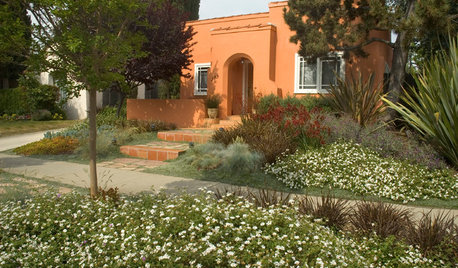
GREAT HOME PROJECTSHow to Replace Your Lawn With a Garden
New project for a new year: Lose the turfgrass for energy savings, wildlife friendliness and lower maintenance
Full Story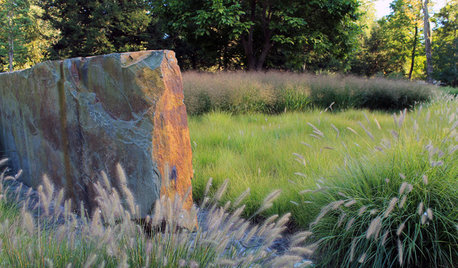
EARTH DAYThe Case for Losing the Traditional Lawn
Work less, help the environment and foster connections by just saying no to typical turf
Full Story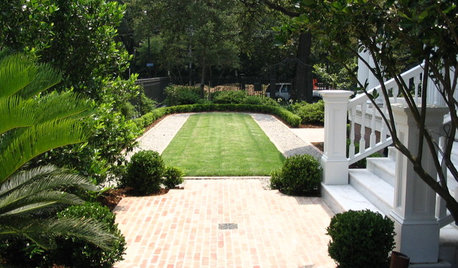
GARDENING GUIDESHow to Plant a New Lawn From Sod
Take the quick-start route to turf with sod; these installation guidelines will help ensure a healthy and long-lasting lawn
Full Story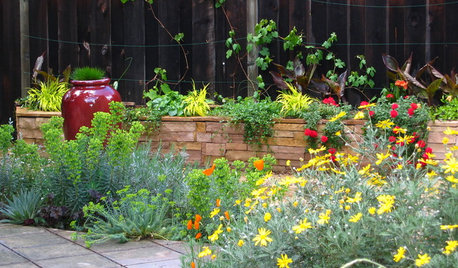
SUMMER GARDENINGHouzz Call: Please Show Us Your Summer Garden!
Share pictures of your home and yard this summer — we’d love to feature them in an upcoming story
Full Story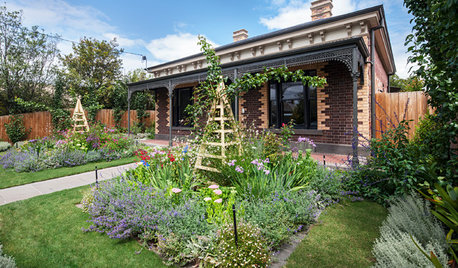
EDIBLE GARDENSAn Edible Cottage Garden With a Pleasing Symmetry
The owners of this cottage garden in Australia grow vegetables, herbs and fruit to delight their family and friends
Full Story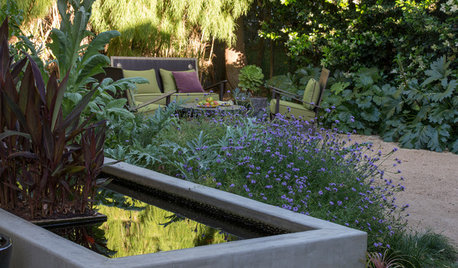
SAVING WATERHouzz Call: Are You Letting Go of Your Lawn?
Many facing a drought are swapping turf for less thirsty plantings. If you’re one of them, we’d like to hear about it
Full Story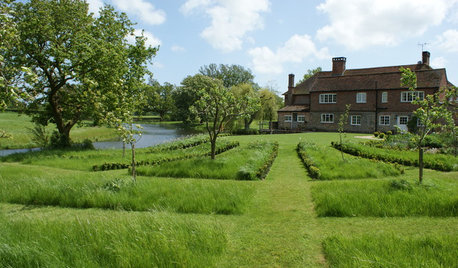
GRASSESHow to Rock a Lawn
Weekend Project: The key to healthy grass begins with the soil. If turf works for you, here’s how to fix it and keep it looking its best
Full Story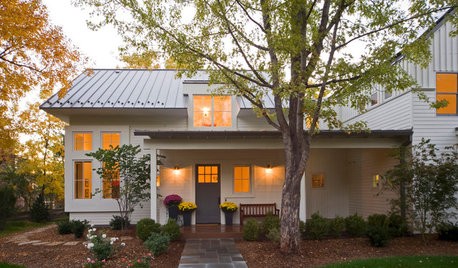
SELLING YOUR HOUSEHelp for Selling Your Home Faster — and Maybe for More
Prep your home properly before you put it on the market. Learn what tasks are worth the money and the best pros for the jobs
Full Story
STANDARD MEASUREMENTSThe Right Dimensions for Your Porch
Depth, width, proportion and detailing all contribute to the comfort and functionality of this transitional space
Full Story
SELLING YOUR HOUSE10 Low-Cost Tweaks to Help Your Home Sell
Put these inexpensive but invaluable fixes on your to-do list before you put your home on the market
Full Story


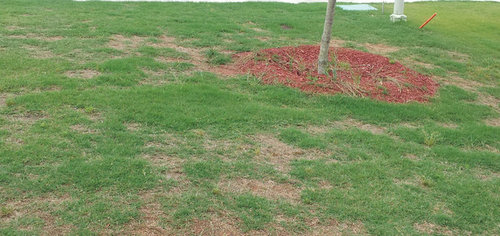
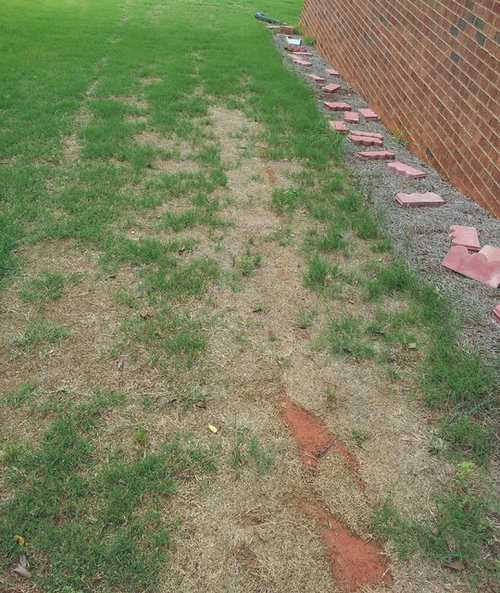





User